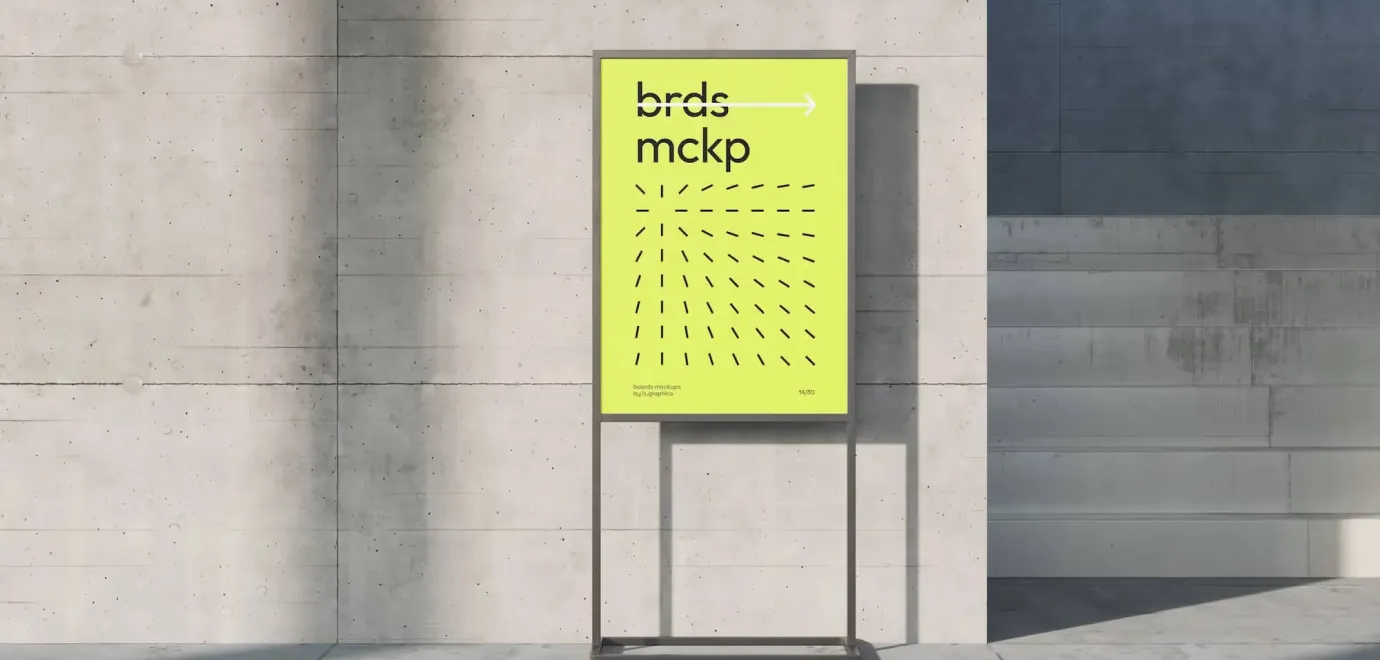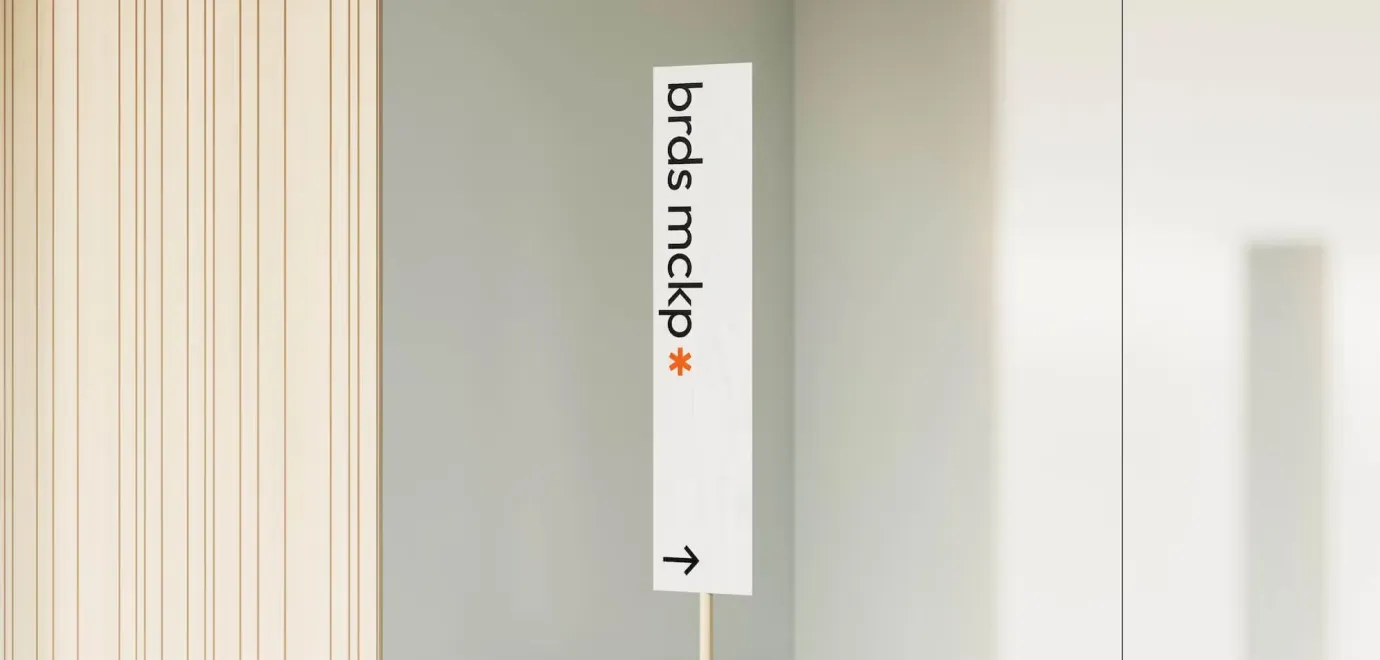Lets chat
Send a line about your project
Thank you! Your submission has been received!
Oops! Something went wrong while submitting the form.
Good design isn’t just about how something looks. It’s about how it works for the people using it. The best creative decisions don’t come from instinct alone. They come from understanding what your users actually do, think and need. That’s the heart of data driven design.



Data driven design is about balance. Evidence informs creativity, and creativity gives meaning to the evidence. When you get that mix right, you create experiences that look great, work beautifully and make life easier for the people using them.

Before diving into analytics, ask yourself what you’re trying to understand. Maybe people are dropping out of your checkout flow. Maybe no one’s engaging with your hero banner. Define the problem first. Then look for the data that helps you answer it. Otherwise you’ll end up buried in numbers that don’t tell you much.
Data can tell you what’s happening. It can’t always tell you why.Quantitative data — things like click rates, bounce rates and conversions — shows you where users are getting stuck. But qualitative data — interviews, heatmaps, open feedback — reveals the reasons behind those patterns. The best insights come when you look at both together.
You don’t need a huge research project to make meaningful changes.Try running small A/B tests on headlines, adjusting button colours or moving key elements around the page. These quick experiments build up evidence and help you make better creative decisions with confidence. Over time, you’ll develop an instinct for what truly works.
Data doesn’t speak design. That’s your job.If analytics show users are skipping key sections, the content hierarchy might need rethinking. If time on page drops sharply, your visuals might not be keeping people’s attention. Insights only matter when they shape what you create next.
Data can reveal behaviour but not emotion or intent. Always bring empathy to the process. The numbers should support creativity, not replace it. The best work uses data as a guide, not a rulebook.

Data driven design is about balance. Evidence informs creativity, and creativity gives meaning to the evidence. When you get that mix right, you create experiences that look great, work beautifully and make life easier for the people using them.